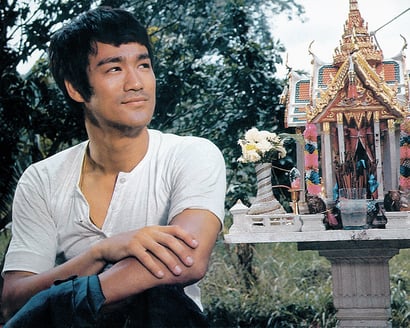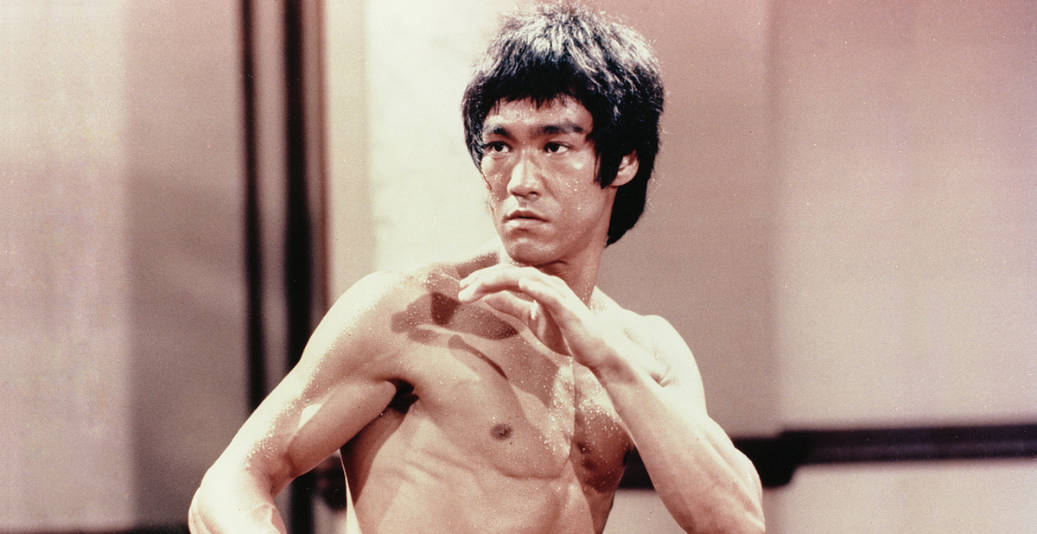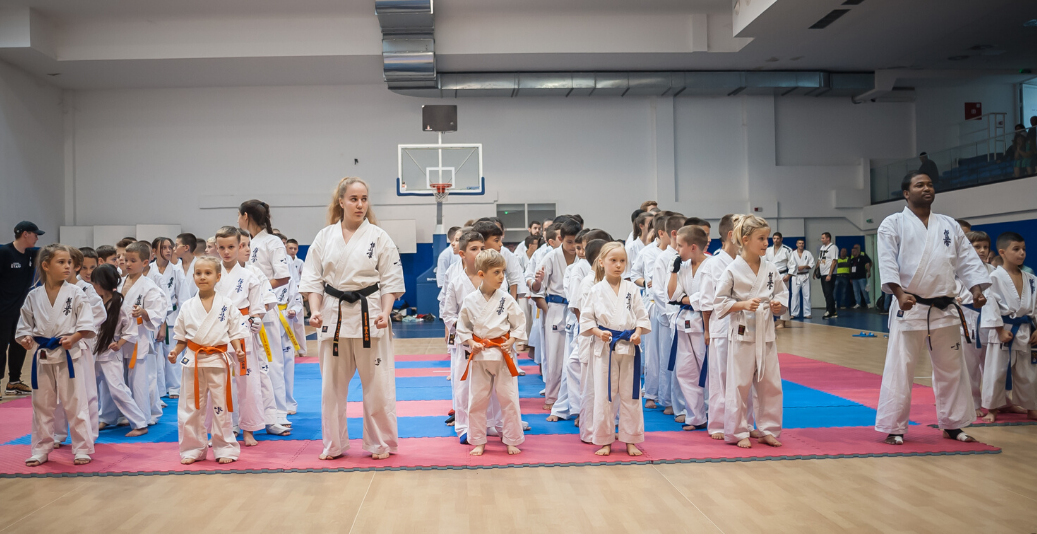Bruce Lee's Legacy on Martial Arts
On July 20th, we marked the anniversary of a martial arts legend: Bruce Lee. Lee’s impact on the world was immense and, 43 years after his passing, Bruce Lee’s legacy can still be seen everywhere. He inspired an entire generation, on a global level, and his influence transcended martial arts. Dana White, the President of the UFC, called Bruce Lee the “father of mixed martial arts,” and many agree.
His desire to pull strengths from various disciplines to better suit real-life situations created Jeet Kune Do, which is still practiced to this day. His foray into Hollywood stardom sparked countless individuals to join martial arts and he was a central reason as to why the martial arts have become so prevalent in Western culture. Here we break down some of the many ways in which Bruce Lee’s legacy had impacted the world.
Hollywood and Martial Arts
As a true master, Bruce Lee focused on martial arts. Although he had over 20 roles as a child star in Chinese films, martial arts came first for Lee, even during his formative years. According to Charles Russo, author of Striking Distance: Bruce Lee & The Dawn of Martial Arts in America, Lee never went to auditions or looked for an agent during his young adult years, and was actually discovered during one of his martial arts demonstration. He was an incredibly dynamic movie star, showing the West things they had never seen before. Combining his early experiences in show business with his incredible speed and physique made for the perfect combination.
Before the 1970s, the martial arts weren’t nearly as prevalent in Hollywood as they are now and fight scenes were relatively primitive. Bruce Lee spurred the movement towards having real martial arts featured in films and inspired a slew of famous martial artists, such as Chuck Norris – first featured in Way of the Dragon, Lee’s first film where he was director, producer, writer, and actor. His fight scene with Norris is regarded as one of the best of all time and Norris went on to become a prolific martial arts actor himself. Enter the Dragon – the first ever Hollywood martial arts film – solidified Lee as a martial arts legend and was one of the year’s highest grossing films. His success sparked a trend of martial arts films, familiarizing Western audiences with martial arts and inspiring them to train.
Inspiration and Representation for Minorities
Before Bruce Lee, public perception of people of Asian descent was not positive in the West, especially during the Vietnam War. Asian people were perceived as weak and Hollywood’s portrayal of Asians wasn’t flattering, usually focusing on derogatory racial stereotypes. Bruce Lee’s strength and charisma was a change from this norm, finally portraying an Asian actor as a protagonist with skills and power.

Lee’s pride towards Chinese philosophy and culture was very apparent and changing misconceptions about the East was one of his motivators. One of Lee’s closest friends and one of three Jeet Kune Do instructors personally certified by Lee, Dan Inosanto, said that Lee viewed films to be more effective than books in educating the West about the East, acting as a bridge between the two cultures.
Using this opportunity, he imparted wisdom and showed the strength, discipline, and power of the Eastern martial artist. Martial arts films also inspired African American communities, as these were some of the first films to feature a person of color as a protagonist.
As one example, the Wu-Tang Clan – one of the most respected rap groups of all time – have cited Bruce Lee specifically as the main source of inspiration for their passion for martial arts.
Jeet Kune Do and MMA
During his childhood and teenage years in the 1950s, Bruce Lee grew up in Hong Kong, where street fighting culture and youth gangs were prevalent. As a pupil of Yip Man, Lee studied Wing Chun, because of its relatively high applicability to real-life altercations. He always looked for practical martial arts that were results-oriented, simple, and to the point. Growing up in this environment, Lee saw what worked and what didn’t and this played a big role in the creation of Jeet Kune Do – the Way of the Intercepting Fist.
Many believe Jeet Kune Do, a collection of various techniques and philosophies from different martial arts, to be the first real form of mixed martial arts. Drawing on the strengths of various disciplines, he created a style that worked very well for him and his legacy is now felt throughout the MMA world.
Lee’s philosophies and intellect should not go unmentioned. After his passing, John Little discovered that Lee had over 1,700 heavily annotated books. His sage wisdom played a large part in his popularity and his lasting legacy.



